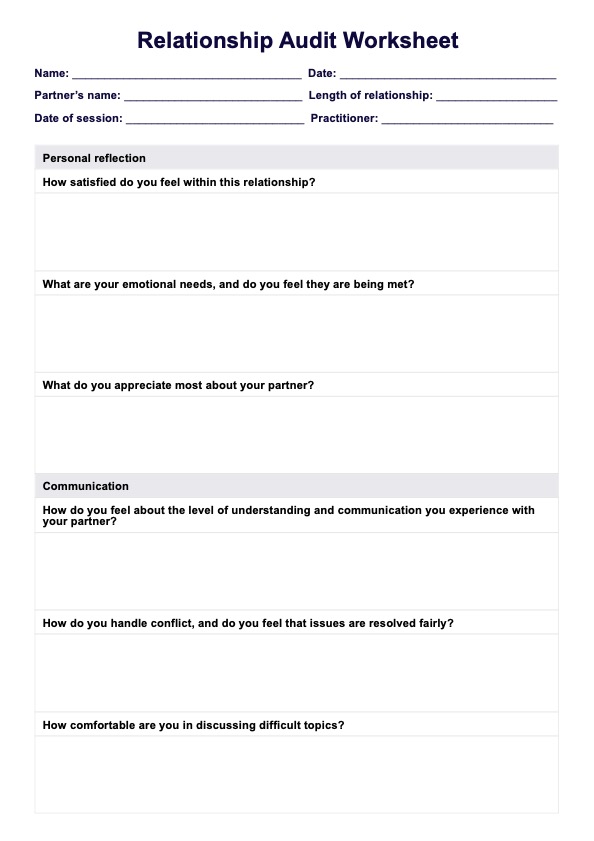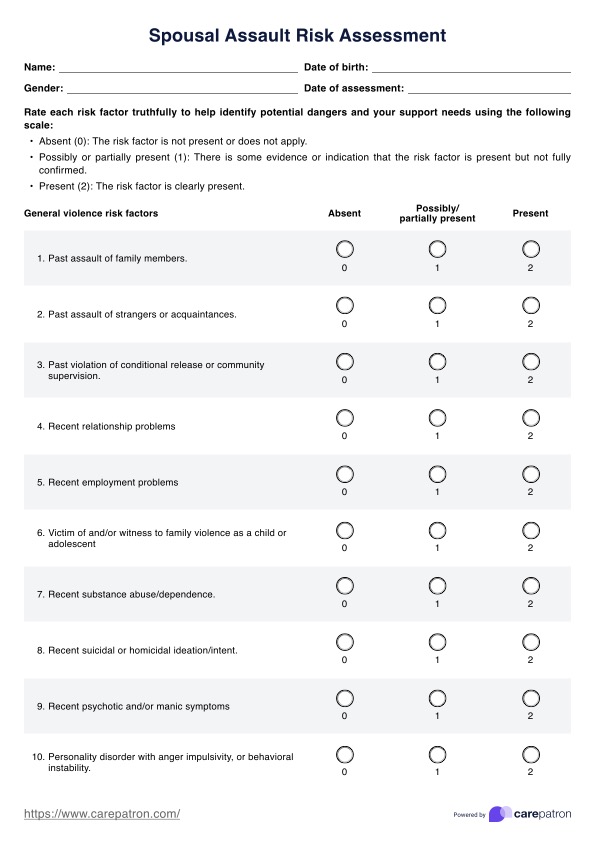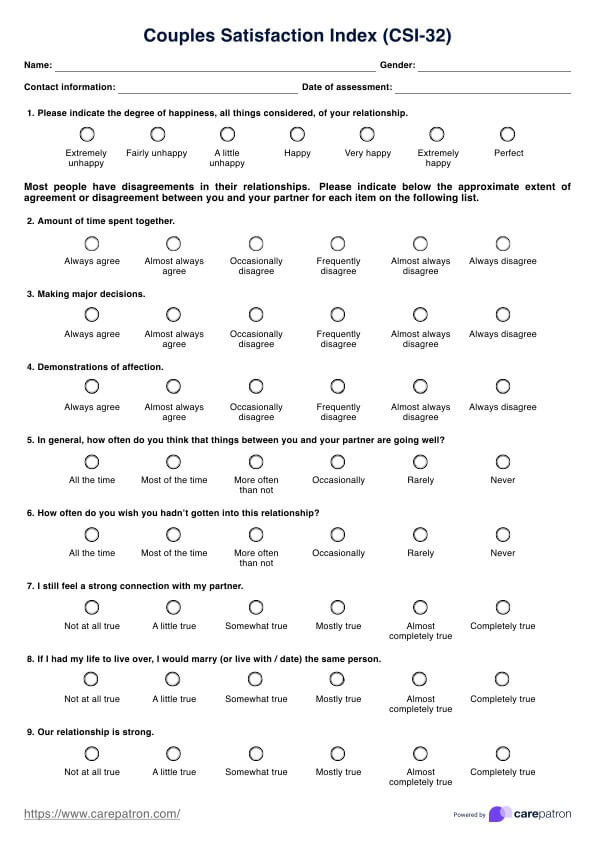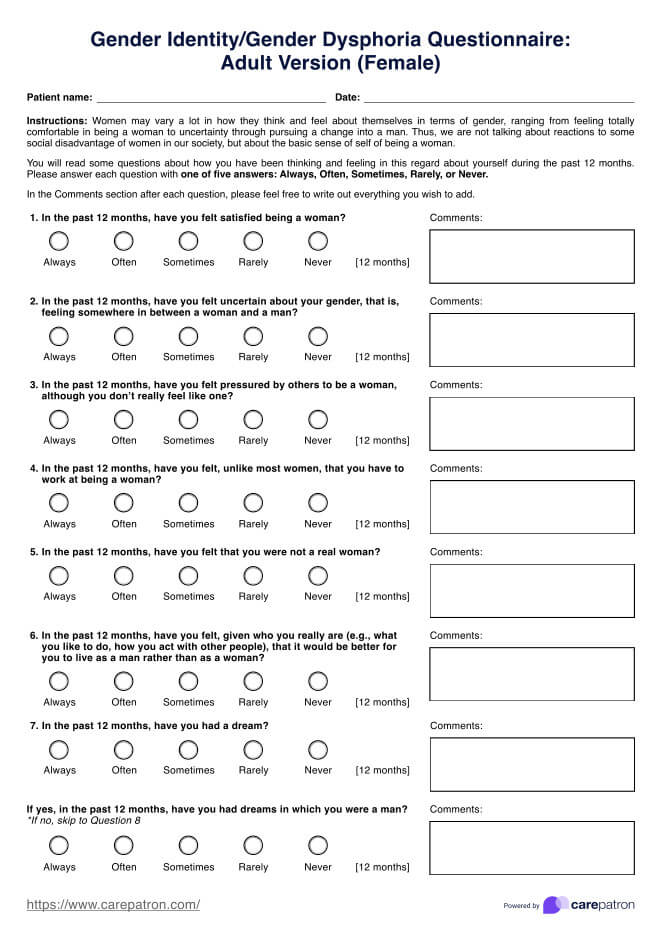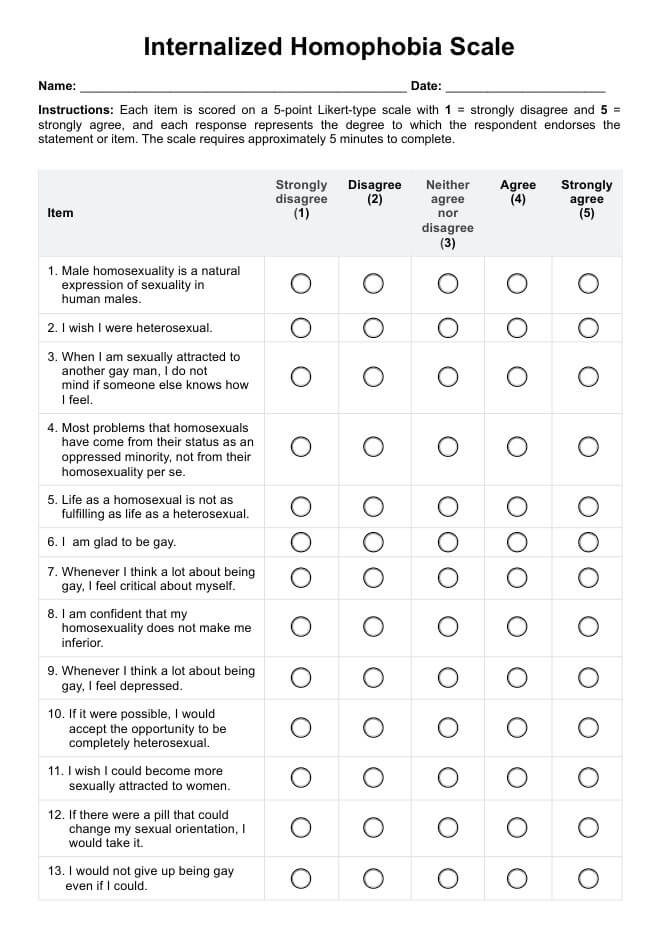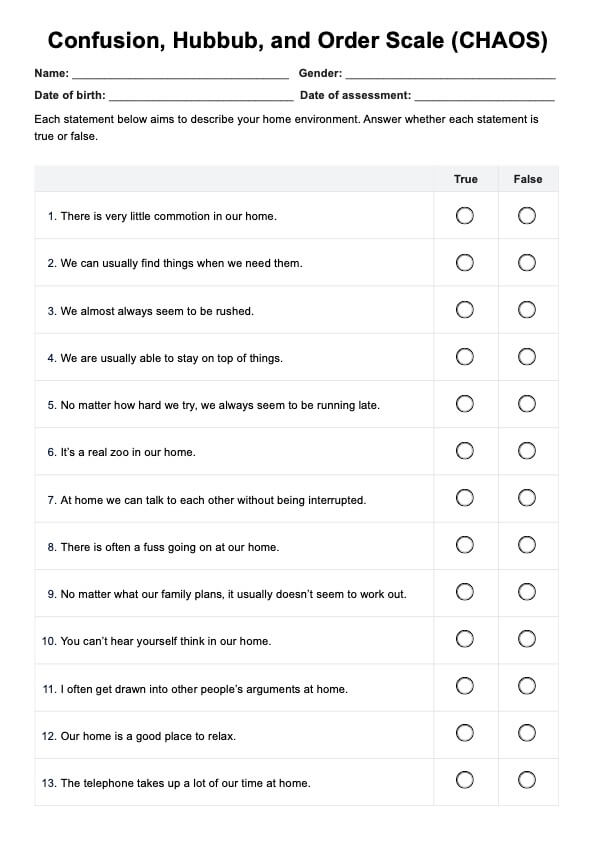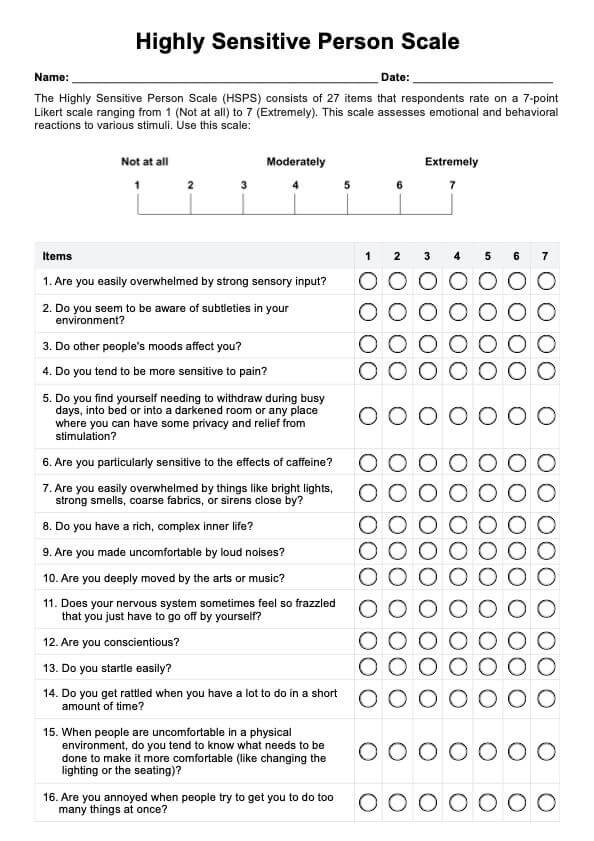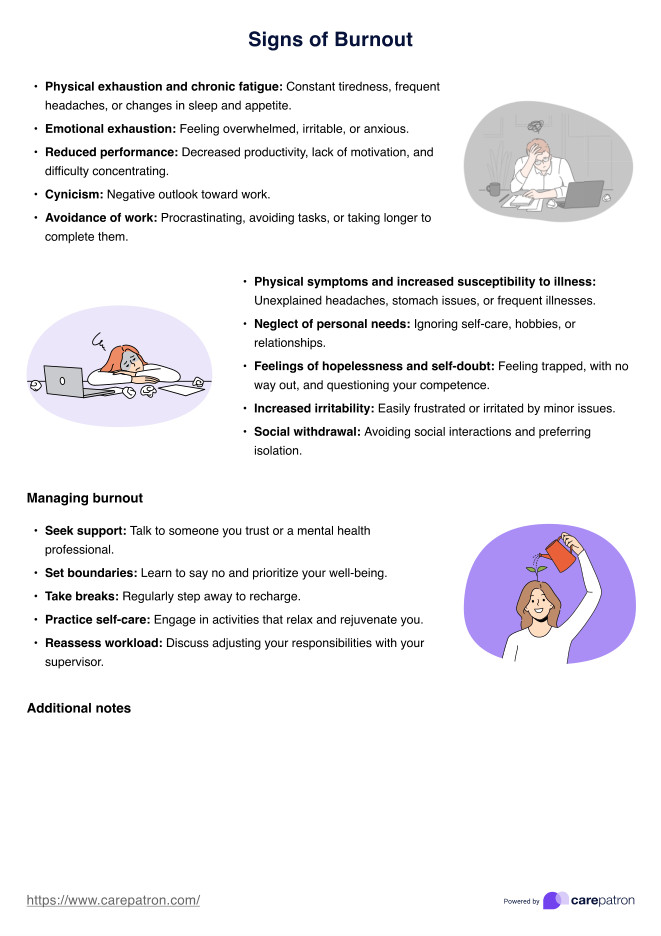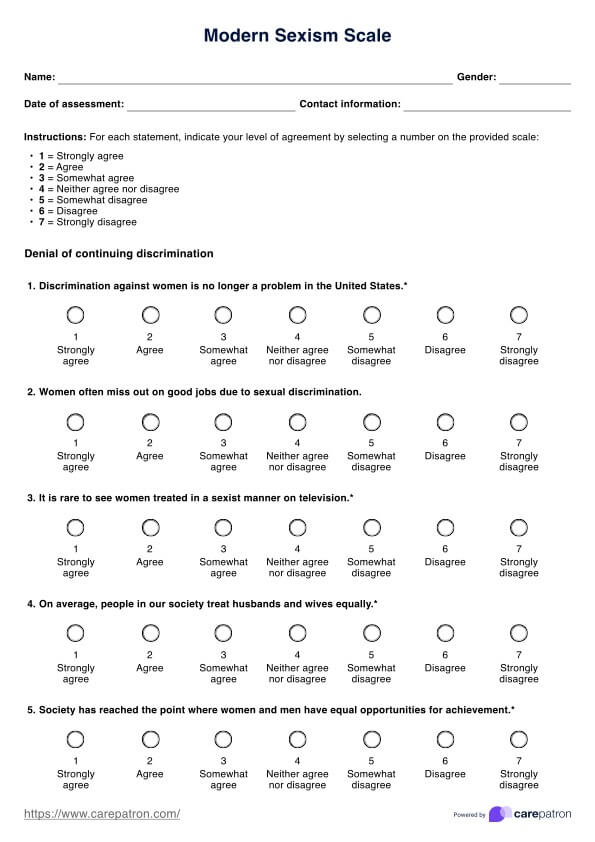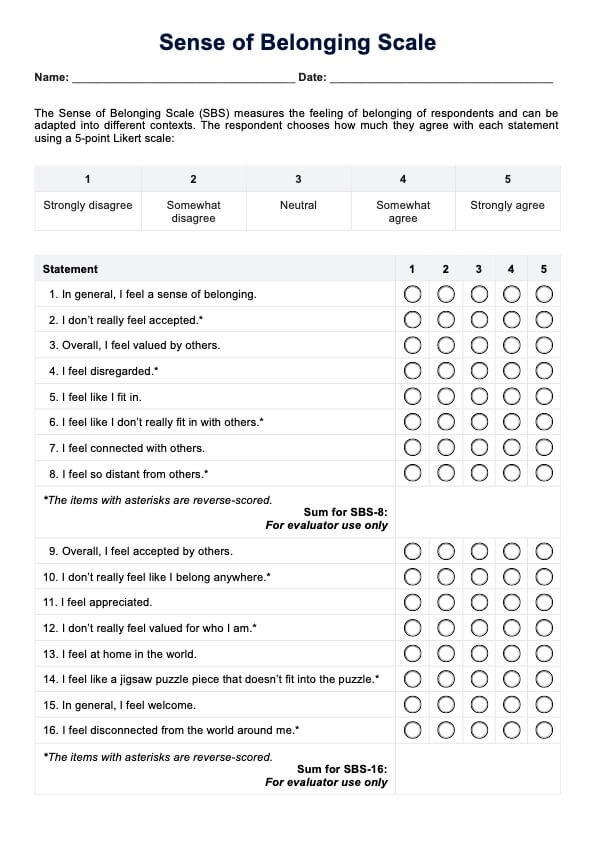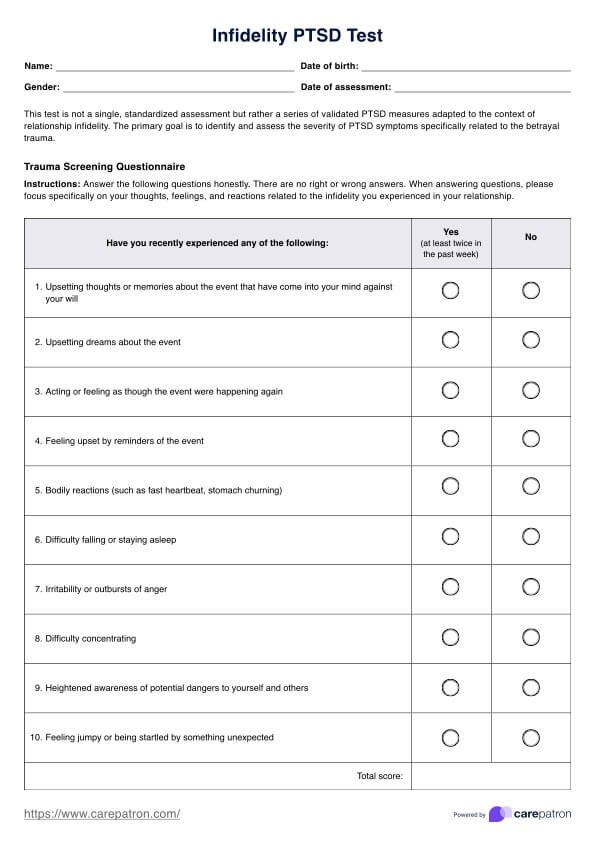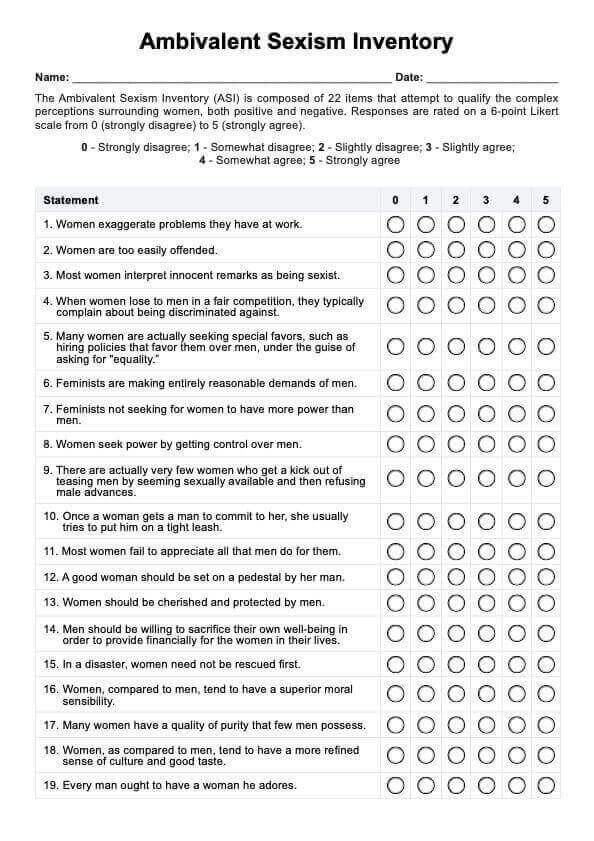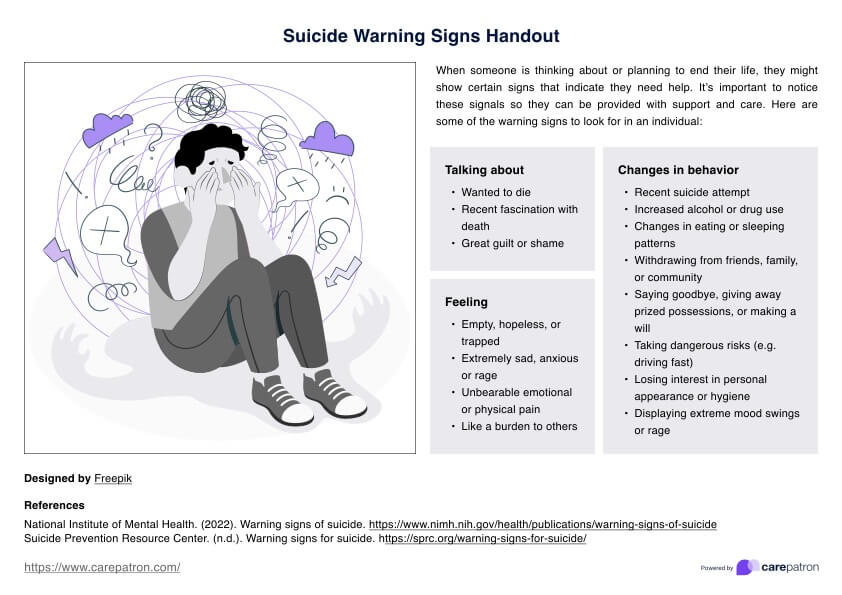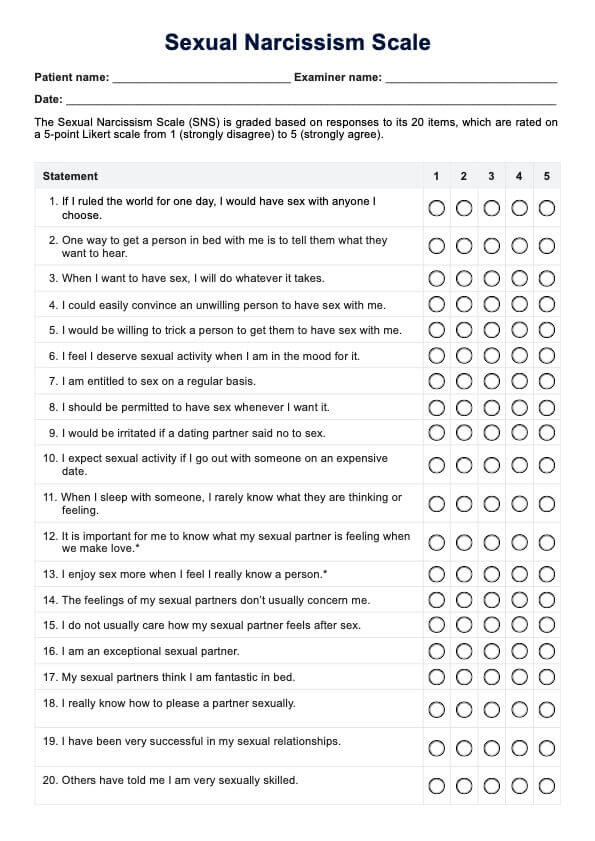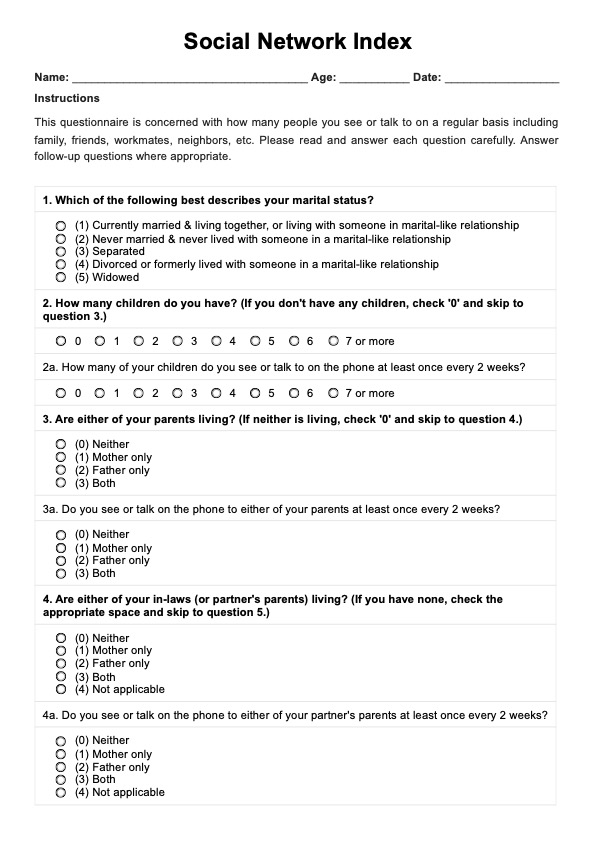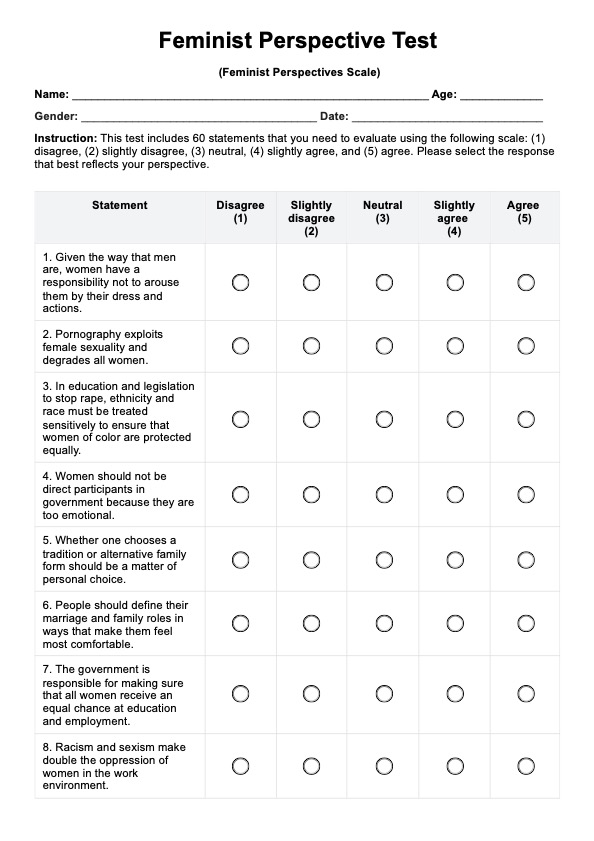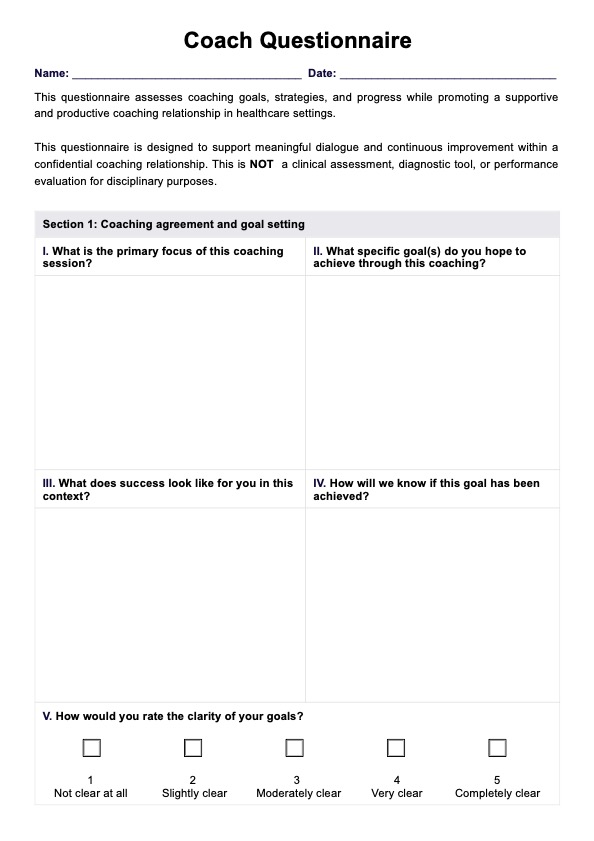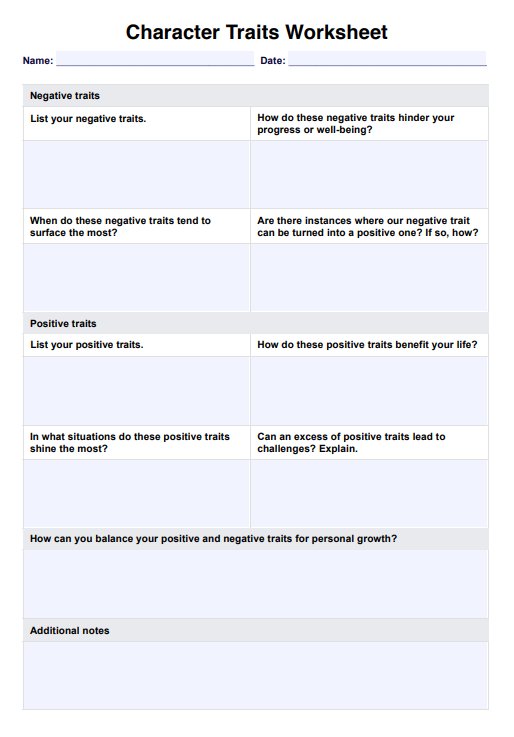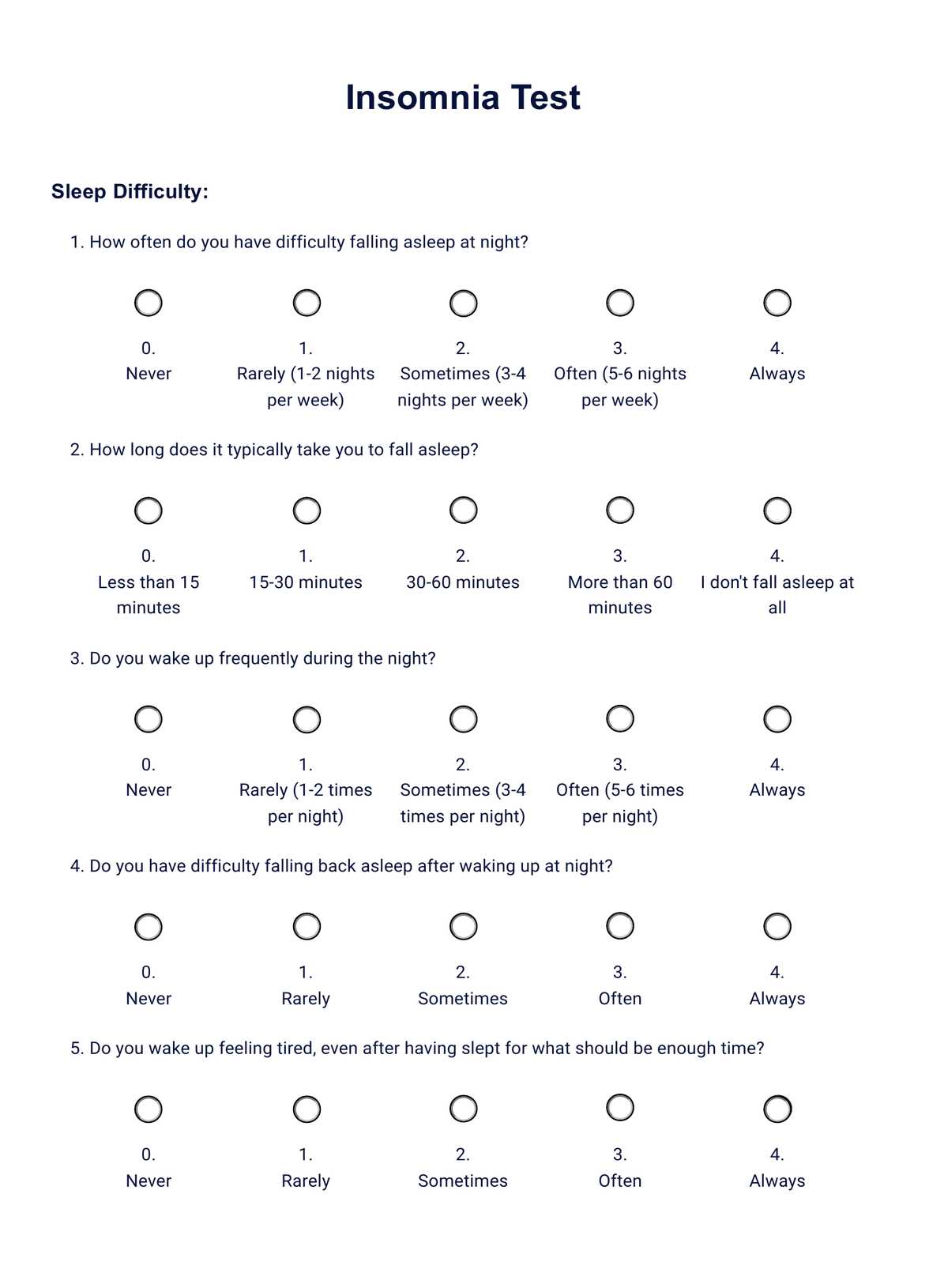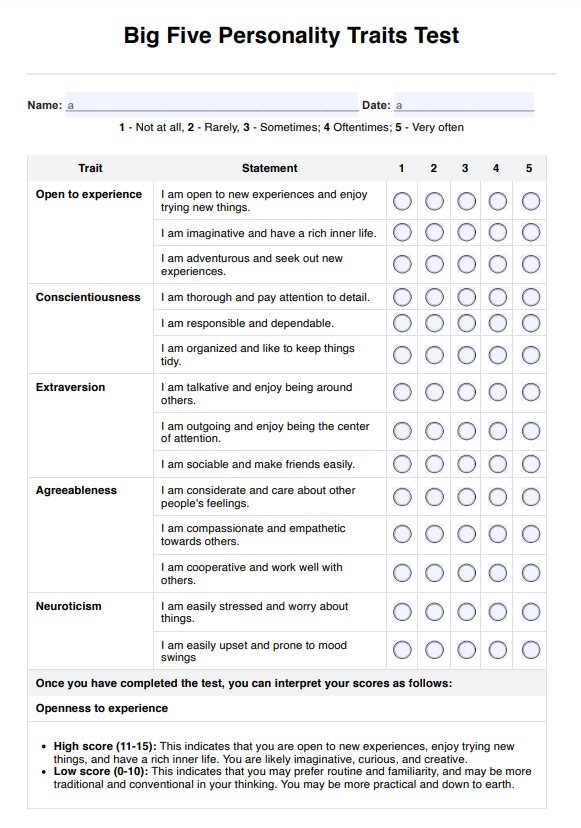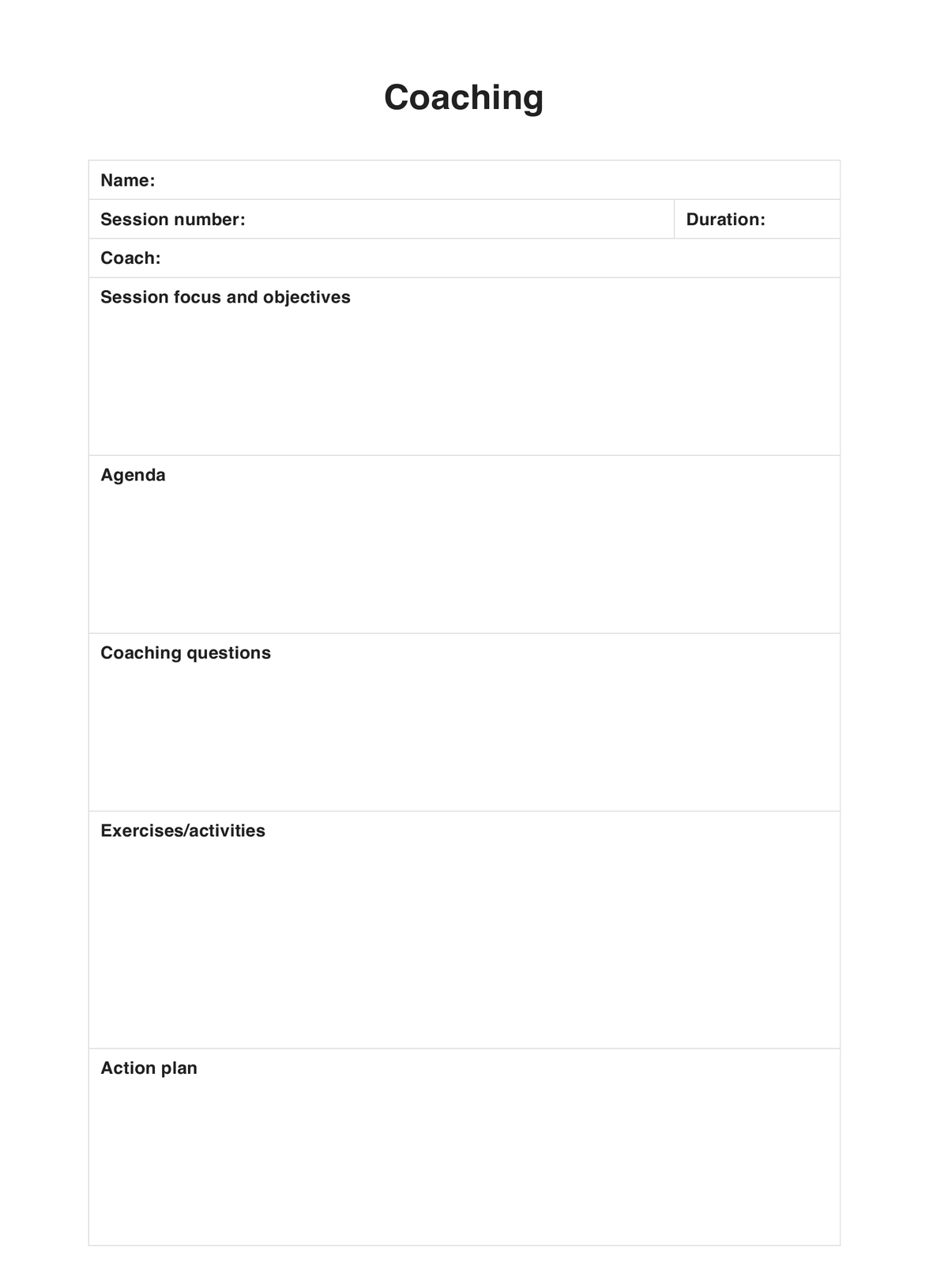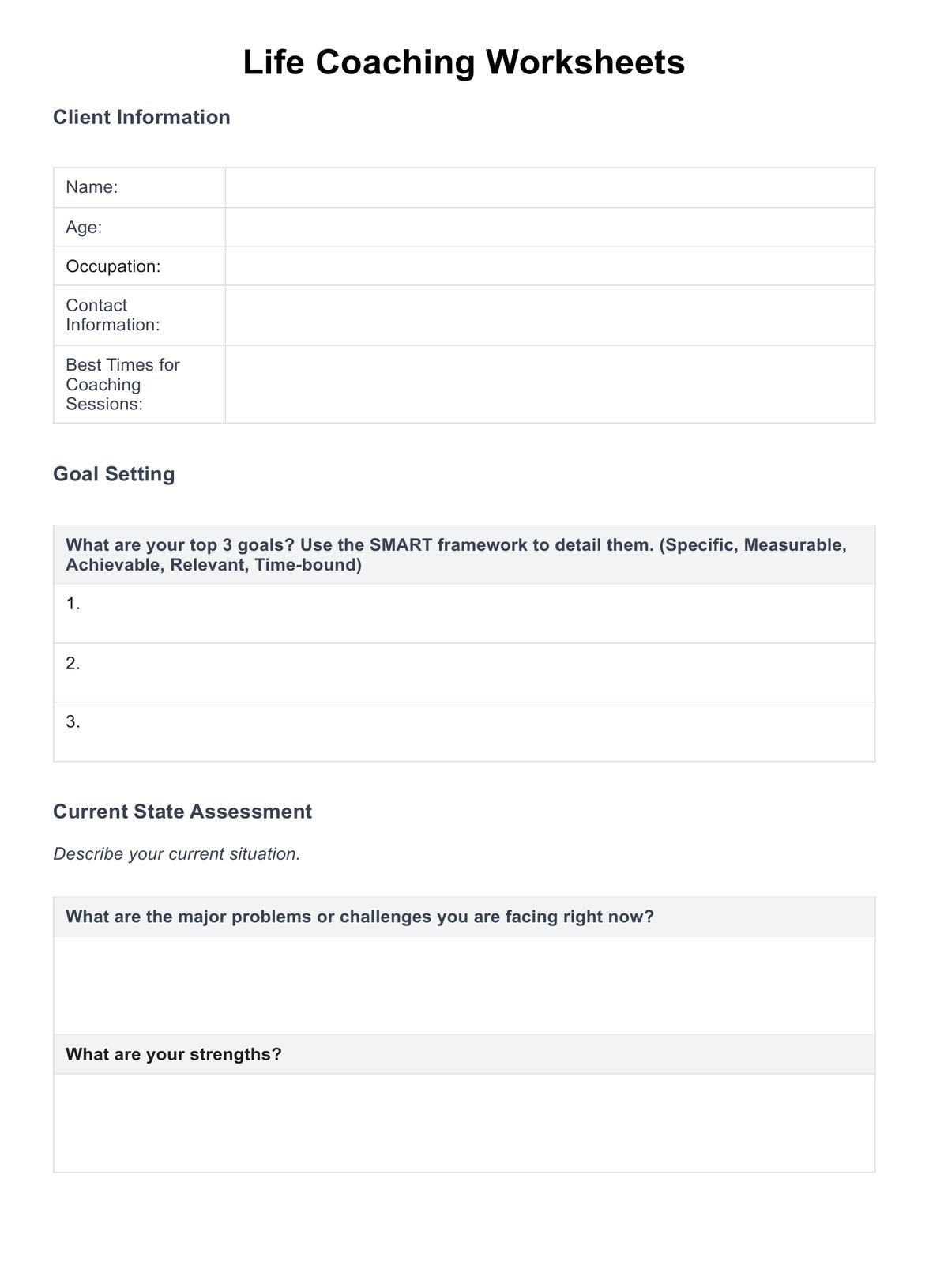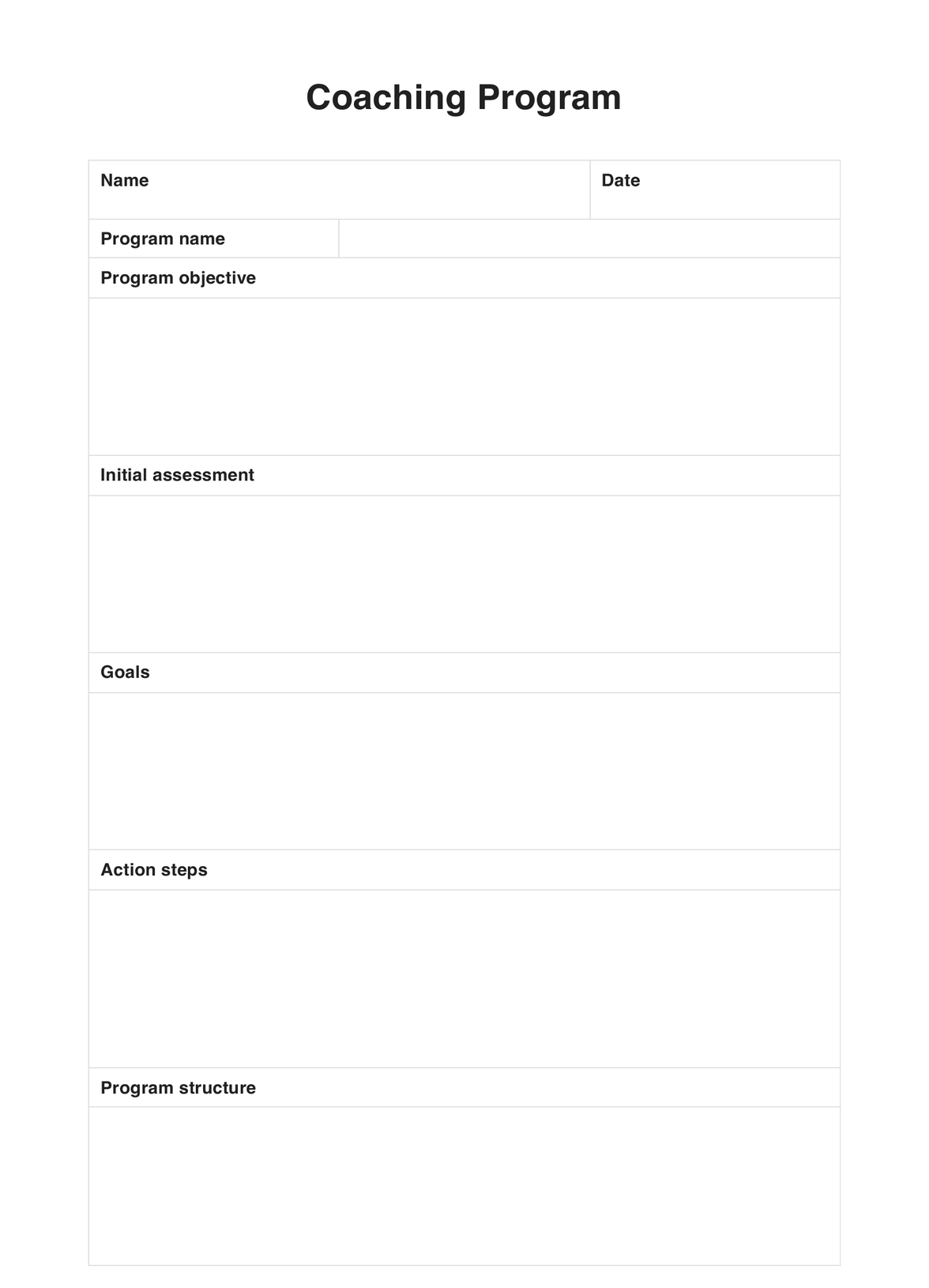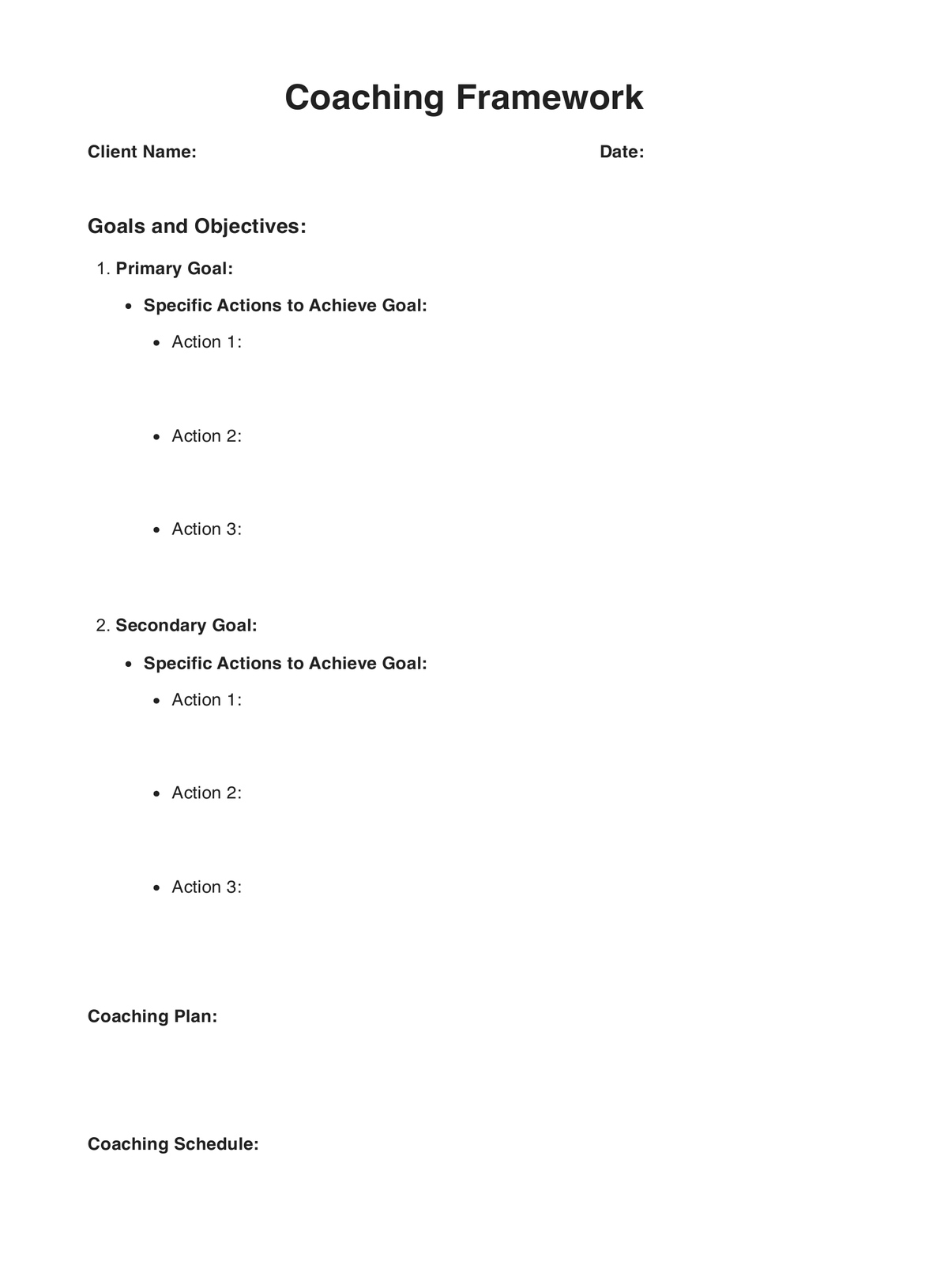Relationship Contract
Help your clients set clear boundaries and expectations with this Relationship Contract template. Get it now to support healthier, lasting relationships!


What is a Relationship Contract template?
A Relationship Contract template is designed to help couples establish clear expectations and agreements in a committed relationship. This template can address various topics, such as mutual respect, living arrangements, and how to manage finances.
A Relationship Contract will commonly include guidelines on shared responsibilities like household tasks, conflict resolution, and the monetary portion of the relationship, such as how to divide rent and expenses. This is an excellent way for couples to establish a domestic partnership, clarify boundaries, and ensure that both partners are on the same page regarding important life decisions.
A Relationship Contract template may also guide the couple to establish rules for romantic relationships and other sensitive areas, such as physical intimacy and exclusive relationships. For example, it may specify that partners have exclusive relationships except for maybe one free pass per year or outline how incomes and expenses should be managed. Some templates may include a checklist of relationship agreement topics, such as communication guidelines and relationship agreements regarding alone time or date nights.
Ultimately, a Relationship Contract is sometimes required to establish clear boundaries and ensure a mutual agreement on what each partner wants in their committed relationship, creating a space for both individuals to thrive.
Relationship Contract Template
Relationship Contract Example
How does it work?
Our free printable Relationship Contract offers the scaffolding for this vital tool and outlines aspects of the relationship to discuss, define, and refine. Here's how to use this fully digital template:
Step 1: Download the template
Open the template via the Carepatron app by clicking the "Use template" button. This lets you customize the form based on your clinic's specifications. You can also download a PDF version by choosing "Download."
Step 2: Have parties meet to discuss agreements
Have all parties agree on a suitable time and place where everyone involved can devote a reasonable amount of time and energy to the contract-making process. Once conclusions, expectations, and goals are set, and all parties agree with them, sign the document and ensure everyone has their copy so you can refer to it in case of any disagreement or dispute.
Step 3: Follow up and review
Set dates in the future to discuss how the contract suits all parties, whether changes need to be made, and whether goals aren't being met.
When would you use this template?
A Relationship Contract template can be used to ensure both partners are aligned on expectations, responsibilities, and boundaries.
When establishing a domestic partnership or cohabitation agreement
A contract or agreement helps define both partners' roles and responsibilities when living together, ensuring clear agreements on finances, living arrangements, and mutual respect.
When clarifying romantic relationships and physical intimacy
The Relationship Contract will commonly address guidelines for physical intimacy, including exclusivity and how to manage emotional and sexual connections. It can help the couple to establish rules on exclusive relationships, except in some instances.
When outlining income and financial responsibilities
With a contract, partners can detail the agreement's monetary portion, specifying how incomes and expenses are paid. It can include instructions on how each partner agrees to pay half the monthly rent, set up separate accounts, or share a savings account, such as blue and red booklets labeled savings.
When facing significant life changes
The contract is sometimes required to establish new rules for a relationship, such as managing significant life changes like marriage, buying a house, or handling shared responsibilities like household tasks.
When setting guidelines for communication and conflict resolution
A Relationship Contract template can be used to ensure a mutual agreement on communicating effectively, resolving conflicts, and maintaining respect. It can also outline judgment-free attitudes, allowing partners to feel safe expressing their political views, ideas, and emotional needs.
Benefits of using the Relationship Contract
A Relationship Contract template offers several advantages for couples seeking clarity, understanding, and mutual respect within their relationship. These are the benefits:
Promotes mutual respect and clear communication
The Relationship Contract encourages both partners to establish rules for a relationship, focusing on open communication and mutual respect. This helps ensure that each partner is aware of each other's boundaries, emotional needs, and expectations, fostering a deeper understanding of each other.
Establishes clear boundaries and shared responsibilities
Since the contract commonly includes sections on living arrangements and household tasks, it makes it easier for the couple to divide responsibilities. It also helps to set clear boundaries on topics such as physical intimacy and exclusive relationships, ensuring both partners are aligned on what is and isn’t acceptable.
Helps manage financial expectations and responsibilities
The template can clarify how finances should be managed, whether agreeing to pay half the monthly rent, sharing a shared savings account, or keeping separate accounts. This helps to avoid financial conflicts and ensures that both partners contribute fairly.
Facilitates conflict resolution and reduces misunderstandings
It can include guidelines for resolving disputes and managing potential conflicts in a committed relationship. By having a clear set of rules and understanding beforehand, couples are more likely to work through disagreements calmly and respectfully, reducing the chance of escalation.
Commonly asked questions
To create a Relationship Contract template, start by outlining the key aspects of the relationship, such as communication, boundaries, finances, and living arrangements. Then, ensure it covers mutual agreements on topics like exclusivity, responsibilities, and conflict resolution while maintaining a balance of clarity and flexibility for both partners.
Relationship contacts are used at any point in a relationship and are encouraged to be reviewed at least once a year.
This collaborative document is used with honesty and clear communication at the forefront. It is usually used without legal binding but is a commitment for involved parties.


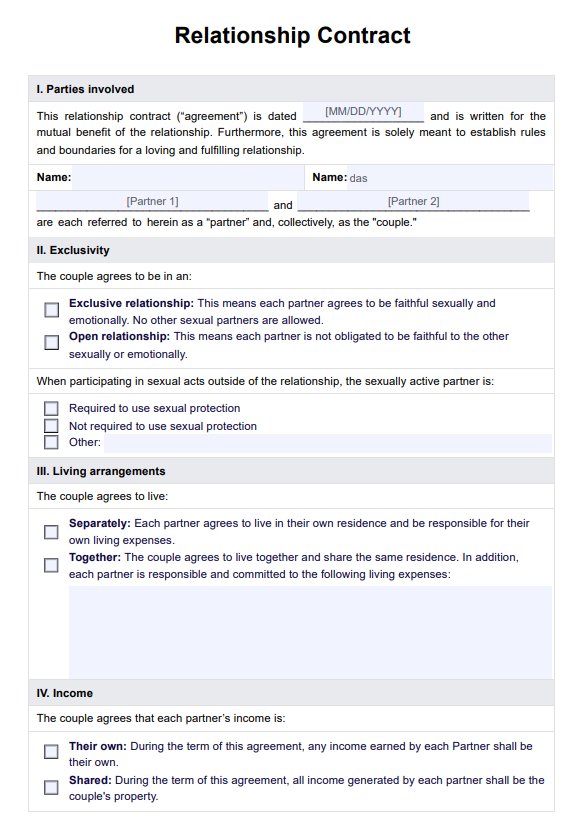
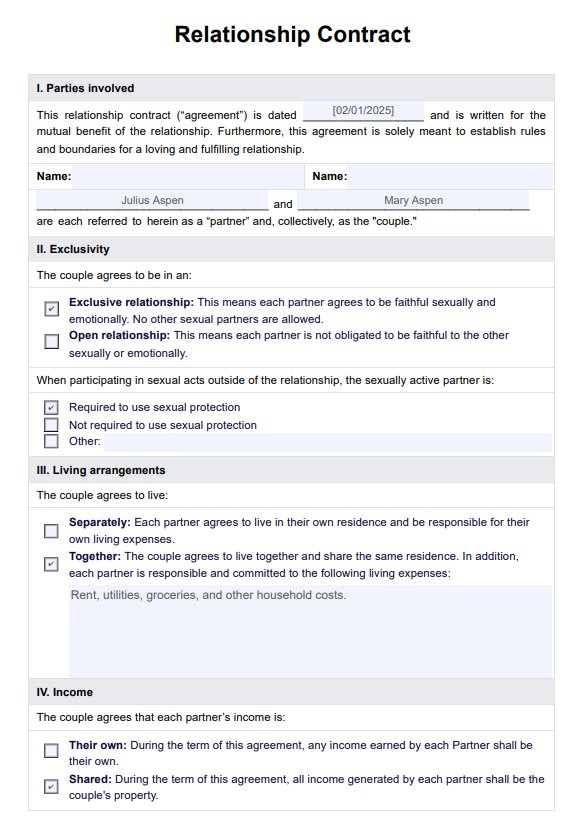

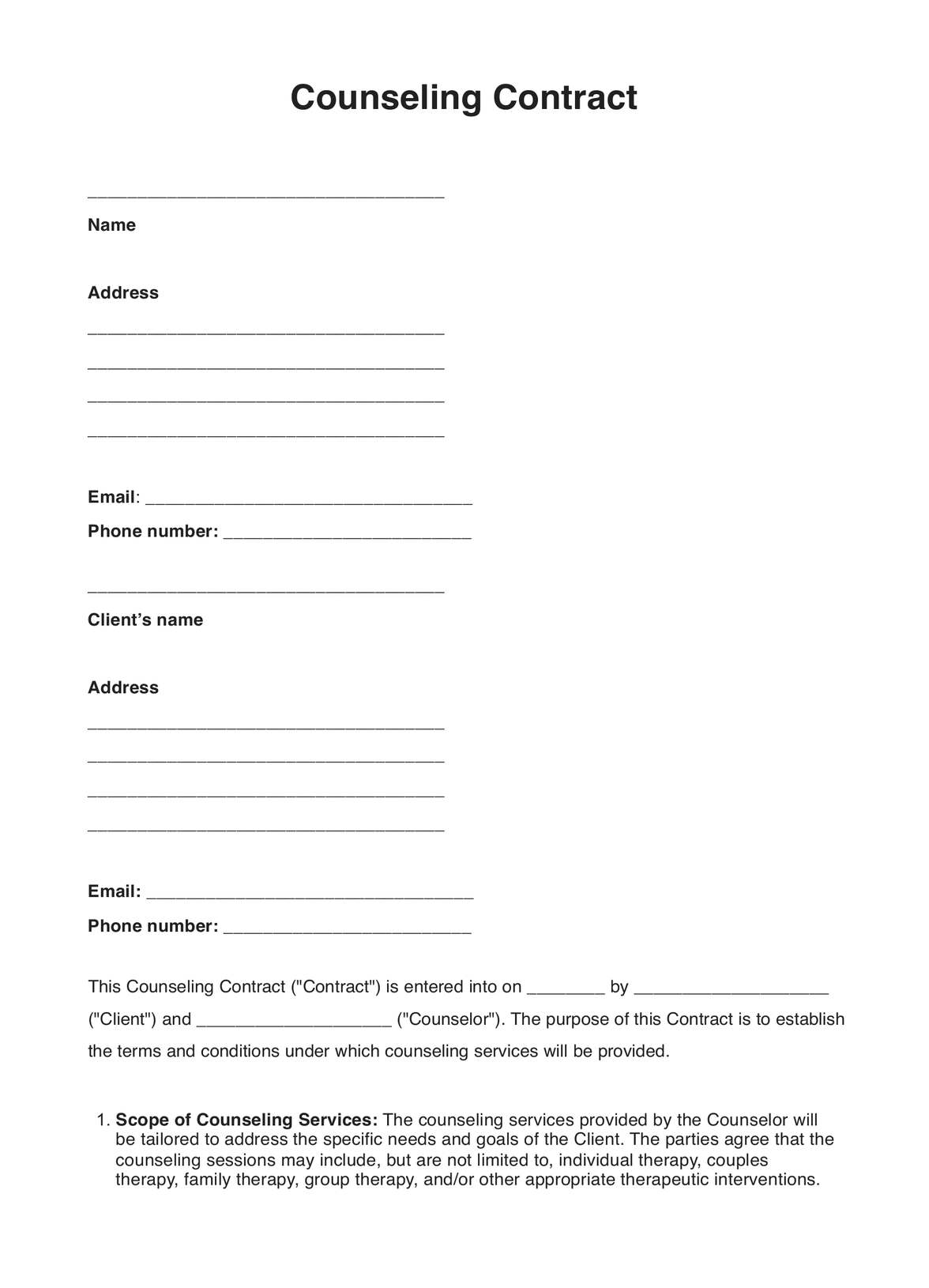


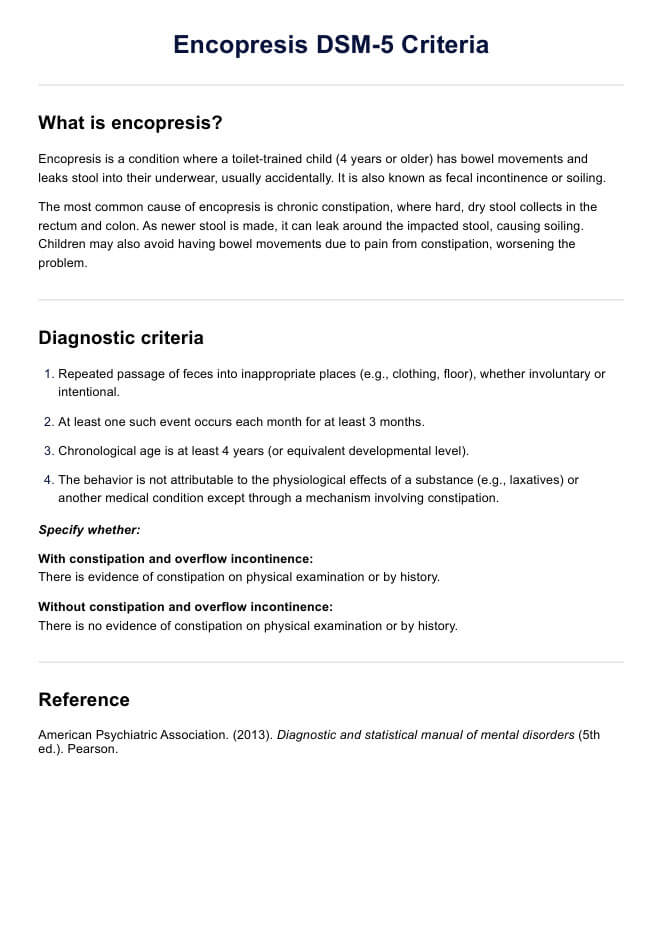








-template.jpg)

